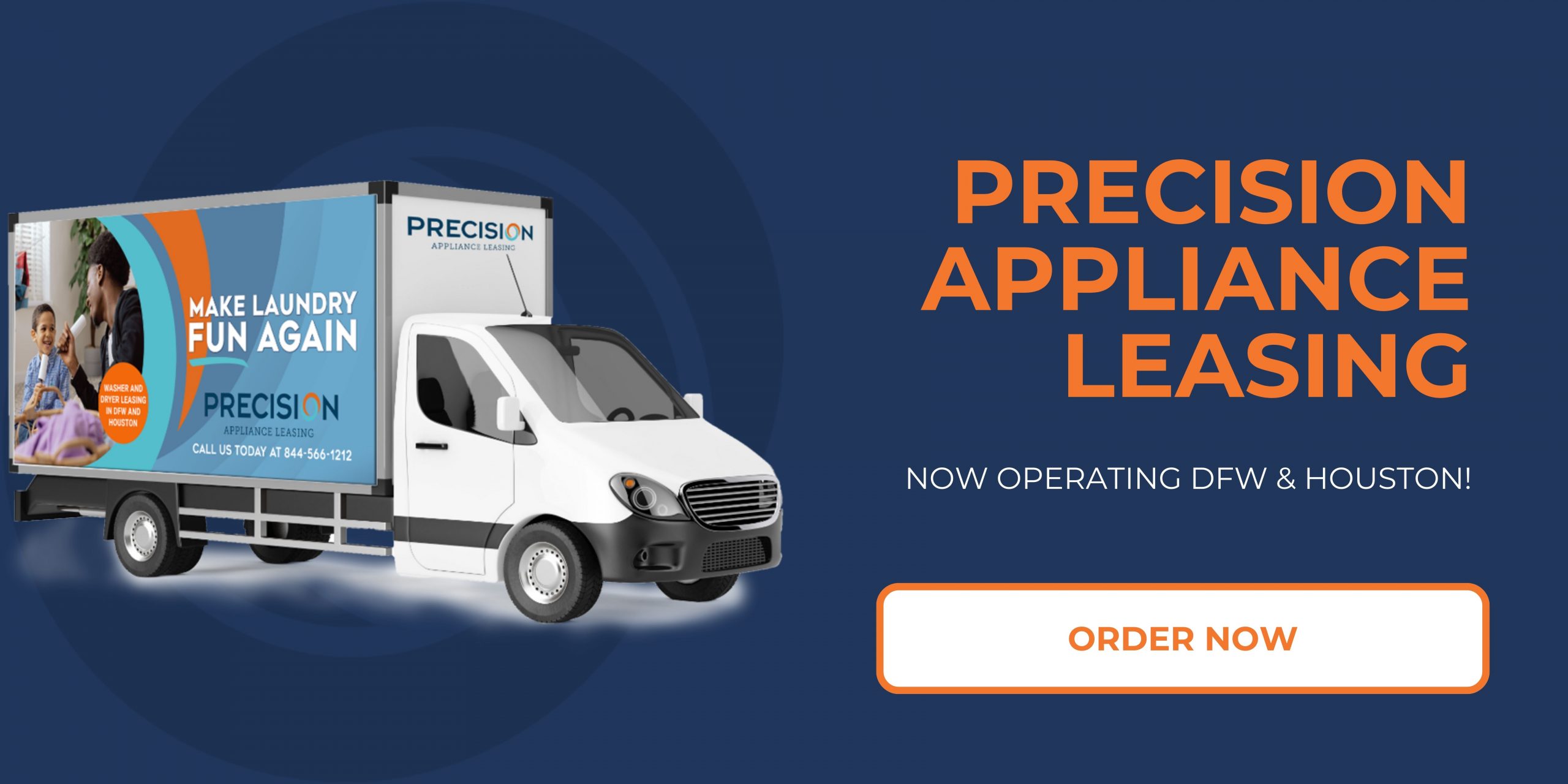Is laundry appliances for multifamily housing right for your rental property in 2025?
As the landscape of multifamily housing continues to evolve, the amenities and services offered to tenants play a crucial role in the attractiveness and competitiveness of rental properties. With the rise in demand for convenience and modern living, laundry appliances have emerged as a significant consideration for property owners and managers. As we look ahead to 2025, the question of whether to invest in laundry appliances for multifamily housing becomes increasingly critical.
The practicalities of providing laundry facilities are often at the forefront of discussions among rental property owners. Residents today demand ease and efficiency, and having on-site laundry options can greatly enhance the living experience. Moreover, the integration of advanced technology in laundry appliances offers energy-efficient solutions that can resonate well with environmentally conscious tenants. In addition, with urban densities rising and space at a premium, multifamily dwellings face unique challenges and opportunities in delivering laundry services that meet the needs of diverse lifestyles.
Investing in laundry appliances also brings potential financial benefits, not only through the attraction of tenants looking for convenient options but also in generating additional revenue streams for property owners. The turn towards wash-and-fold services and app-based laundry systems reflects broader trends in consumer expectations and convenience. However, the decision to incorporate these amenities must also consider factors such as initial costs, maintenance requirements, and the overall management of rental properties. As we approach 2025, rental property owners must weigh these variables thoughtfully to determine whether laundry appliances align with their strategic goals and tenant demographics.
Market Demand for Laundry Appliances in Multifamily Housing
In recent years, the market demand for laundry appliances in multifamily housing has been on the rise, a trend expected to continue into 2025. The shift in lifestyle preferences, especially among younger generations, has led to an increased expectation for amenities that provide convenience and enhance the quality of living. Laundry facilities have become one of those essential amenities that can significantly influence a tenant’s choice of rental property. The appeal of having on-site laundry facilities is further intensified by urbanization, where space is often limited, and access to community laundromats may be more challenging. Thus, for property owners, investing in laundry appliances for multifamily housing could not only meet tenant demands but also boost property attractiveness.
As we progress into 2025, demographic shifts will further shape the landscape of multifamily housing. More families and individuals are seeking homes in apartment complexes that simplify daily chores. The convenience of in-unit or shared community laundry greatly enhances tenant satisfaction and retention. Properties that feature these amenities can often command higher rental prices and experience lower vacancy rates. Research indicates that tenants are willing to pay a premium for units that contain laundry appliances, which can translate into enhanced cash flow for property owners.
Additionally, the ongoing global emphasis on sustainability and energy efficiency is driving the demand for modern, eco-friendly laundry solutions. Tenants are increasingly looking for appliances that not only ease their daily routines but also align with their values regarding environmental responsibility. As a result, laundry appliances that are energy-efficient and water-saving are becoming more desirable. Property owners who adapt to these demands not only improve their appeal in the competitive housing market but also contribute to broader goals of sustainability.
Ultimately, considering the market demand for laundry appliances in multifamily housing for the coming years, property owners are encouraged to assess their property’s amenities and invest in accordingly. Balancing cost with tenant expectations will be vital, but the integration of laundry appliances could emerge as a key differentiator in attracting and retaining quality tenants through 2025 and beyond.
Cost-Benefit Analysis of Installing Laundry Facilities
When considering the installation of laundry facilities in multifamily housing, a comprehensive cost-benefit analysis is essential. This analysis should weigh the upfront costs of purchasing and installing laundry appliances against the potential benefits they bring to both property owners and tenants.
The initial investment in laundry machines can be considerable. Property owners must account for the purchase price of the machines, installation costs, any necessary renovations to accommodate plumbing or electrical requirements, and ongoing maintenance expenses. Beyond these costs, it’s essential to evaluate how these investments might impact rent prices and tenant retention. In highly competitive rental markets, including laundry facilities can be a significant differentiator, potentially allowing landlords to justify higher rental rates.
From the tenants’ perspective, having access to laundry facilities can be a substantial amenity. It saves them the time and effort involved in traveling to an off-site laundromat, offers convenience, and can contribute to a higher quality of life. As lifestyle preferences evolve, many renters are increasingly prioritizing in-unit or on-site laundry facilities, especially in urban areas where convenience is paramount. Offering laundry options can elevate tenant satisfaction and retention, reducing turnover costs for property owners.
By 2025, analyzing local market conditions and tenant demographics will be crucial. Areas with a high percentage of families, young professionals, or students may see particularly strong demand for laundry facilities, making it a worthwhile investment. Additionally, advances in laundry technologies, such as energy-efficient machines, can lower operating costs over time and appeal to environmentally-conscious tenants.
Ultimately, the decision to install laundry facilities should be guided by a thorough understanding of the balance between the initial costs, ongoing operational expenses, and the added value such amenities can provide in attracting and retaining lucrative tenants. In today’s rental landscape, the question is not just whether to install laundry appliances, but rather how they can strategically align with both current market demands and future trends in the rental housing sector.
Tenant Preferences and Amenities Trends for 2025
As we approach 2025, tenant preferences and amenities trends are shifting, significantly impacting the desirability and functionality of rental properties, particularly in multifamily housing. Today’s tenants are increasingly prioritizing convenience and lifestyle enhancements, and laundry facilities have become a crucial amenity in this context. Modern renters, especially millennials and Gen Z, tend to seek out features that align with their values and day-to-day needs, making the availability of in-unit or on-site laundry facilities a highly attractive proposition.
Convenience is a primary driver for prospective tenants when choosing a rental property. Properties that do not offer laundry facilities may face a disadvantage in the competitive market. Having laundry within the building or in-unit allows residents to manage their schedules better without the added hassle of trips to laundromats. As work-from-home arrangements and busy lifestyles continue to shape living preferences, this amenity becomes even more essential.
Additionally, there is a growing trend towards sustainability and eco-friendliness among tenants, as many are mindful of their carbon footprint and environmental impact. Properties that provide energy-efficient appliances, water-saving features, and access to sustainable laundry options can attract environmentally-conscious renters. This trend encourages landlords and property managers to consider not just the presence of laundry facilities but also the efficiency and sustainability of the equipment being installed.
Investing in laundry appliances for multifamily housing in 2025 could certainly yield a competitive edge in attracting tenants. Properties that recognize and adapt to these evolving tenant preferences are likely to see higher occupancy rates and potentially increased rentability. Therefore, understanding these trends is critical for landlords and property owners considering whether to incorporate laundry facilities into their rental offerings. Effective marketing of these amenities can further highlight the value they provide, ensuring that potential renters see the advantages of choosing a property with integrated laundry solutions.
Regulatory and Compliance Considerations
As the landscape of multifamily housing evolves, the regulatory and compliance considerations surrounding laundry appliances become increasingly significant. In 2025, owners and property managers must navigate a complex web of local, state, and federal regulations that govern the installation and operation of laundry appliances in their buildings. These regulations often address essential concerns, such as building codes, safety standards, environmental compliance, and accessibility for tenants with disabilities.
One key area of focus will be energy efficiency and water usage. Many jurisdictions are adopting stringent energy-efficiency standards, which not only promote sustainability but also potentially reduce operating costs for property owners. Ensuring that the laundry appliances meet these standards can prevent costly fines and help maintain the property’s appeal in a competitive market. Moreover, staying up-to-date with these regulations might necessitate investing in newer, more efficient machines that comply with evolving energy guidelines and water usage restrictions.
Additionally, compliance with safety regulations, such as fire codes and equipment safety standards, is paramount. Many areas require operators to follow specific maintenance and operational protocols to ensure the safety of tenants. Additionally, in multifamily housing, provisions regarding ADA compliance must be adhered to, ensuring that laundry facilities are accessible to all residents. This includes proper installation of appliances at accessible heights, appropriate spacing for maneuverability, and signage that is easy to read.
In 2025, the regulatory landscape for laundry facilities in multifamily housing is likely to become both more detailed and more nuanced, demanding proactive measures from property owners. As rental property operators assess the value of installing laundry appliances, it is crucial to evaluate the costs and processes associated with complying with these regulations, as failing to do so could lead to legal complications, penalties, or damage to the property’s reputation. Thus, understanding the regulatory framework and considering potential future changes will be essential to making informed decisions that align with both tenant needs and legal requirements.
In conclusion, while the addition of laundry appliances in multifamily housing can enhance tenant satisfaction and increase property value, it is imperative for property owners in 2025 to thoroughly research and understand the regulatory environment that governs such installations. Compliance not only safeguards the property but also promotes a positive living experience for residents, ultimately leading to higher occupancy rates and improved tenant retention.
Maintenance and Management of Laundry Equipment in Rentals
When considering laundry appliances for multifamily housing, one of the most critical aspects to evaluate is the maintenance and management of the laundry equipment. Proper upkeep of these appliances can significantly affect tenant satisfaction and retention, as well as the overall profitability of the rental property.
Regular maintenance of laundry facilities involves routine inspections, necessary repairs, and timely replacement of malfunctioning appliances. Landlords or property management teams must establish a systematic schedule for these tasks to prevent minor issues from escalating into major breakdowns, which could lead to tenant complaints and potential loss of rental income as machines sit idle. With the rapid advancement of technology, it may also be essential for management teams to stay updated on software that can aid in monitoring machine usage, reporting issues, and scheduling maintenance.
Additionally, the management of laundry facilities also encompasses managing tenant access and payment processes. Implementing a user-friendly payment system, whether through card access, mobile payment, or coin-operated machines, can enhance the tenant experience. Moreover, offering features such as online reservations or notifications when machines are available can streamline usage and reduce overcrowding in laundry rooms.
As we move towards 2025, assessing whether laundry appliances are right for your multifamily rental property involves more than just understanding market trends; it’s equally about the ongoing commitment to maintaining those facilities. A well-managed laundry solution not only serves as an appealing amenity but can also provide a competitive edge in attracting quality tenants. If property managers can ensure that equipment is easily accessible, reliable, and maintained without inconvenience, they effectively enhance their property’s appeal in an increasingly competitive rental market. By investing in maintenance strategies and proper management practices, landlords can maximize the value of laundry appliances in multifamily housing, making them a worthwhile addition to their properties in the coming years.


